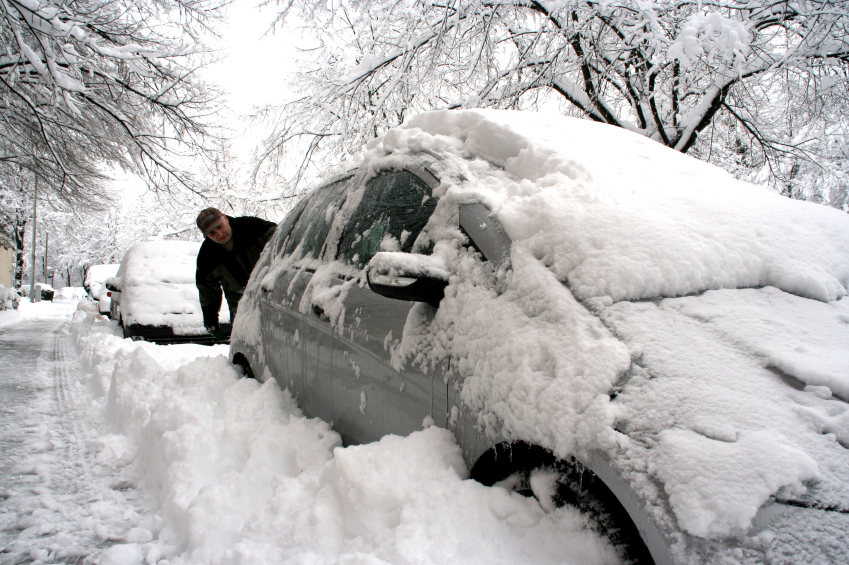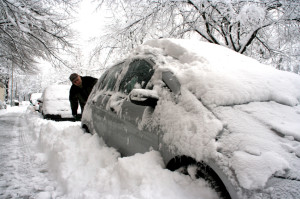Forty eight years ago, it began to snow in Chicago but not with the early predictions of a blizzard that the East Coast is currently experiencing. The day before the storm, we walked home from school without jackets; it began to rain in the late evening and there were tornado warnings. On Thursday, the snow was expected to accumulate approximately four inches. By Friday morning, the city was paralyzed.
By the end of it all, Chicago saw a total of 23 inches, the largest single snowfall in the city. And how wonderful it was to be a child then. School was closed and we celebrated climbing over mountains of snow trying to dig our friends out to play.
But for many it was tragic since thousands were stranded. Parents of many friends stayed at work since the majority of snow fell between 2-4 inches per hour during rush hour. Some had to abandon their cars and walk. Commute times that would normally last 15 minutes to a half hour were lasting 3 to 4 hours. Cars ran out of gas and buses littered the street. Roughly 20,000 cars and over 1,000 CTA buses were stranded.
Homes that were scarce on oil to fuel furnaces were in trouble since oil trucks could not get through. Trucks carried oil through heavy pipes to fill furnaces for heating. People walked to stores clearing the shelves and helicopters were used to deliver medical supplies to hospitals. By the time it was all over, there was an $150 million in business losses.
Ironically another storm is beginning to make history, Juno, where at least 28 million people on the Northeast are in the zone for heavy snow with widespread accumulations of 1 to 2 feet.
“Severe winter weather caused 15 percent of all insured auto, home and business catastrophe losses in the United States in 2014,” said Dr. Robert Hartwig, president of the I.I.I. and an economist. “Losses from snow, ice, freezing and related causes totaled $2.3 billion last year, after averaging about $1.2 billion annually over the previous 20 years. Insured losses caused by winter weather were $1.9 billion in 2013 so the last two years have been well above what the insurance industry has traditionally seen from this type of severe weather,” Hartwig added.
To protect yourself from a blizzard, the following tips will help keep you safe:
· Stock you home with plenty of food and bottled water
· Make sure your pets have enough food and other supplies
· Make sure medications are up to date and you have enough
· Make sure an inventory of personal items are valued
· If power is lost, make sure you have wood for a fireplace or materials for a wood burning stove
And most importantly, stay inside.













